With a new year underway, many of us are still setting goals, reflecting on personal growth, or searching for ways to improve our lives. What better time to explore the self-help books that Canadians have been reaching for? We dug into the data on Non-Fiction / Self-help titles in Canada, looking at trends in titles bought and borrowed. We used BookNet Canada’s SalesData, the national sales tracking service for the Canadian English-language trade book market, and LibraryData, the national library collection and circulation analysis tool, to track the print book sales and library circulation in Canada.
Self-help titles year over year
Looking at Self-help book sales over the years, we see an upward trend starting in 2017 with its peak in 2019. However, from 2020 onward, sales show a steady decline. This raises the question: Are Canadians turning to other sources for self-help? With the rise of podcasts, online courses, and social media influencers offering advice on everything from mindfulness to productivity, it’s possible that readers are finding alternate ways to engage with personal growth content.
Year-over-year borrowing trends for self-help books paint a different picture compared to sales. Borrowing shows a steady climb from 2019 to 2023, with only a slight plateau in 2024. However, overall Self-help titles closely follow the borrowing trends seen across all Non-Fiction.
Self-help titles by month
When we look at monthly sales for Self-help titles, a clear pattern emerges: sales climb in December and peak in January, before tapering off in the following months. This seasonal spike stands out when compared to the broader Non-Fiction category, which doesn’t show the same dramatic jump. The timing suggests that self-help books may play a key role in New Year’s resolutions, as readers look for guidance on everything from building better habits to improving mental well-being. Whether it’s a fresh start, a renewed commitment to personal growth, or simply the influence of New Year, New You messaging, January appears to be the month when many turn to buying books for inspiration and change.
Library borrowing trends for self-help titles tell a slightly different story. While there is still a rise in loans in January, similar to titles sold, the pattern closely follows the overall trend for all of Non-Fiction. This suggests that while readers are certainly interested in self-improvement at the start of the year, they may be more likely to purchase these books rather than borrow them. It could be that readers want to own Self-help books for long-term reference, highlighting key insights or revisiting chapters as they work toward their goals.
Reading Self-help
As we’re still early into 2025, let’s look at what Canadians are picking up this season. Here are the top-selling and top borrowed Non-Fiction / Self-help titles in January 2025.
Top borrowed
The Light We Carry by Michelle Obama
Atomic Habits by James Clear
The Let Them Theory by Mel Robbins
Top selling
The Let Them Theory by Mel Robbins
The Mountain Is You by Brianna Wiest
The 48 Laws of Power by Robert Greene
Are you a publisher, retailer, or librarian who wants to see more data like this? Check out SalesData and LibraryData. Do you have questions about any of our products or services? Contact us!







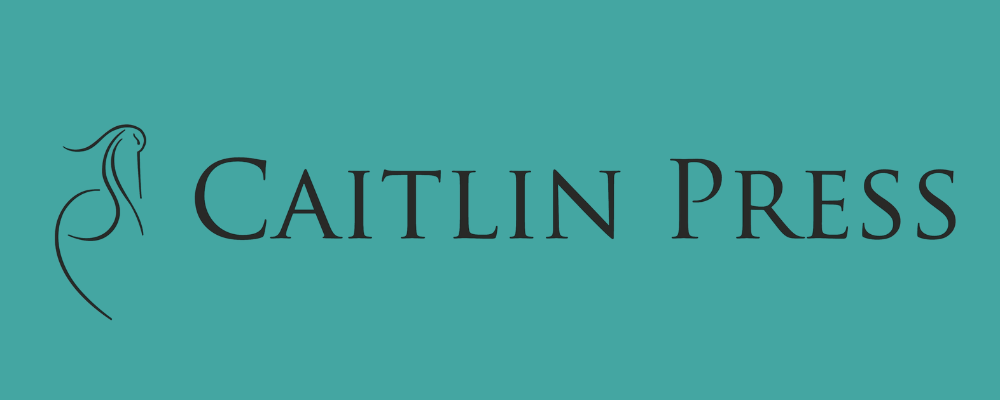





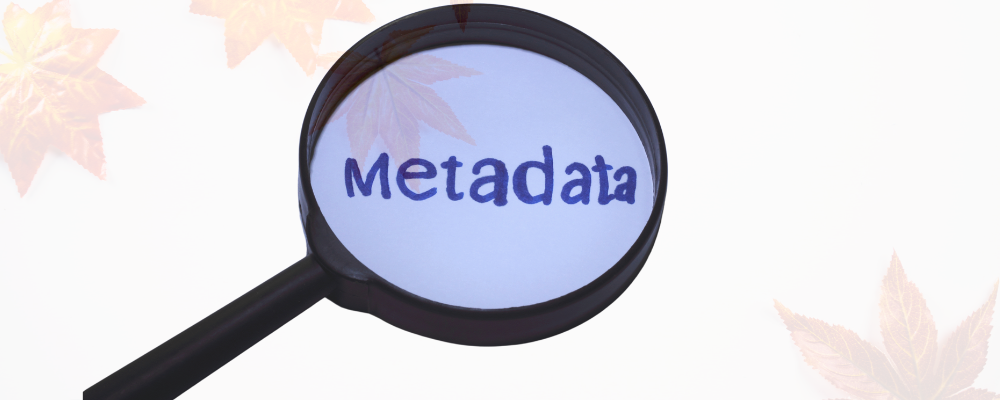
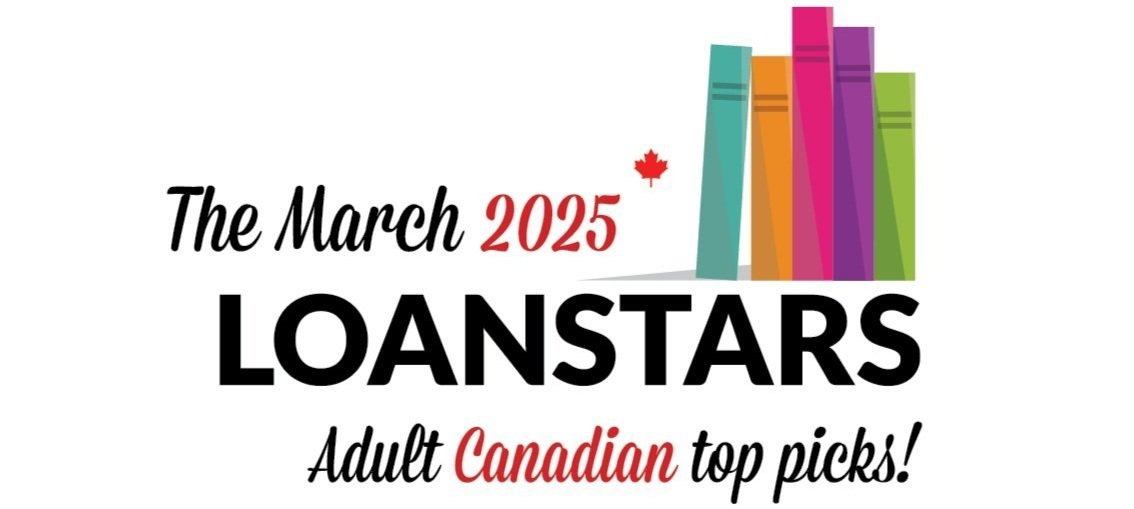

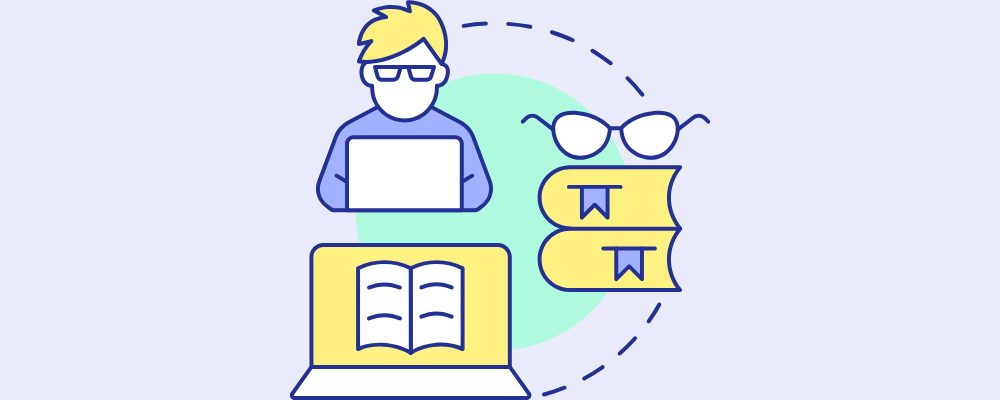
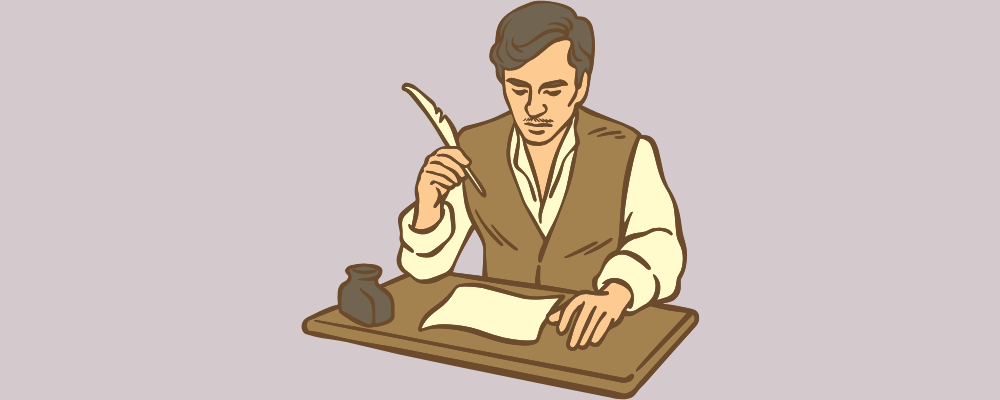

Insights into the latest updates and additions made to ONIX codelists.